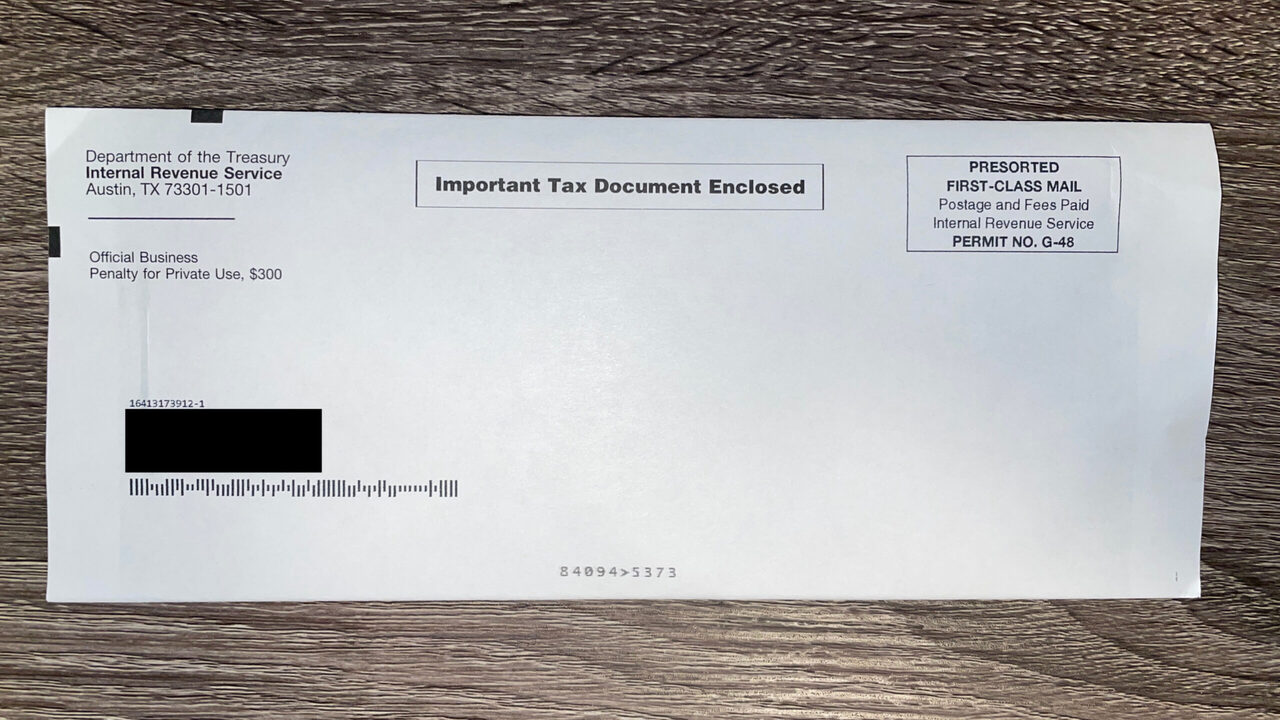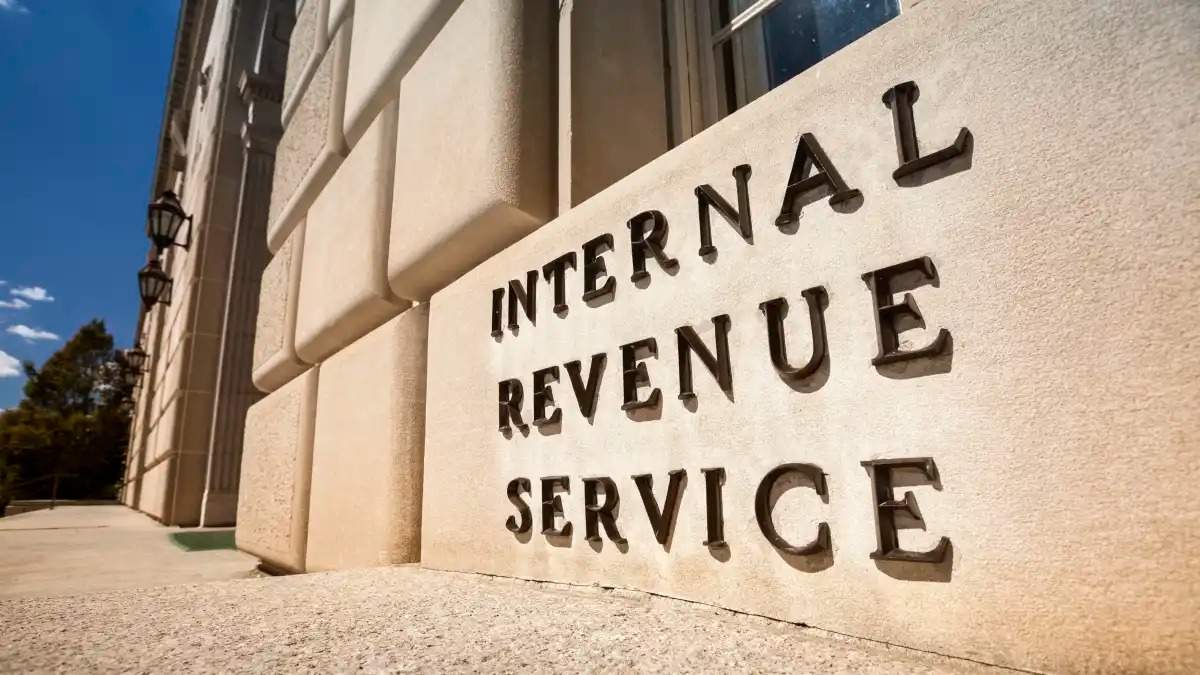Home>Finance>Cease And Desist Letter: Definition, What It Does, And Examples


Finance
Cease And Desist Letter: Definition, What It Does, And Examples
Published: October 25, 2023
Learn about the definition and purpose of a cease and desist letter in the world of finance, along with real-life examples. Discover how this legal tool can protect your interests.
(Many of the links in this article redirect to a specific reviewed product. Your purchase of these products through affiliate links helps to generate commission for LiveWell, at no extra cost. Learn more)
Finance Blog: Understanding Cease and Desist Letters
Welcome to our Finance blog! Today, we’re diving into an important topic that every individual and business should be aware of: Cease and Desist Letters. Whether you’re a business owner protecting your intellectual property or an individual facing potential legal action, understanding what a cease and desist letter is and how it works is crucial. In this blog post, we will define what a cease and desist letter is, discuss its purpose, and provide some examples to give you a better understanding.
Key Takeaways:
- A cease and desist letter is a legal document sent to an individual or business, demanding an immediate halt to specific actions or behaviors.
- Its purpose is to protect the sender’s rights, prevent further harm or infringement, and provide an opportunity to resolve the issue without resorting to litigation.
Now, let’s dive deeper into the world of cease and desist letters and explore their significance in legal matters.
What is a Cease and Desist Letter?
A cease and desist letter is a formal legal document sent by one party, typically through their attorney, to another party. It demands the recipient to immediately stop engaging in specific activities or behaviors that are considered unlawful, non-compliant, or infringing upon the sender’s rights. These activities can range from copyright infringement, trademark violation, harassment, defamation, or any other form of misconduct that has legal implications.
By sending a cease and desist letter, the sender is effectively notifying the recipient that their actions are unacceptable and may result in further legal action if not rectified promptly.
The Purpose of a Cease and Desist Letter:
The main purpose of a cease and desist letter is to protect the sender’s rights and interests. It serves as an official warning that if the recipient continues their actions, legal consequences may follow. However, it is important to note that a cease and desist letter is not itself a legally binding document. Instead, it acts as a precursor to potential legal action, giving the recipient an opportunity to address the issue before matters escalate to court.
Here are a couple of key takeaways regarding the purpose of a cease and desist letter:
- Protection: Cease and desist letters are used to protect the sender’s rights and prevent further harm or infringement.
- Resolution: They provide an opportunity for both parties to engage in communication and possibly resolve the dispute without resorting to litigation.
Examples of Cease and Desist Letters:
Examples of cease and desist letters can vary greatly depending on the nature of the issue and the desires of the sender. Here are a few common situations in which a cease and desist letter may be used:
- Intellectual Property: A company sending a cease and desist letter to another business for using their trademark without permission.
- Harassment: An individual sending a cease and desist letter to someone who is continuously harassing them, demanding that the behavior stop.
- Copyright Infringement: An artist or photographer sending a cease and desist letter to someone who has used their work without obtaining proper authorization or providing appropriate credit.
It’s important to understand that the language and tone of a cease and desist letter may vary depending on the specific circumstances and the desired outcome. Seeking legal advice before sending or responding to such a letter is highly recommended to ensure proper understanding and compliance with applicable laws.
Conclusion:
Having a solid understanding of cease and desist letters is crucial for anyone dealing with legal issues or potential infringements. These letters play a significant role in protecting rights, resolving disputes, and preventing matters from escalating to costly litigation.
If you find yourself in a situation where you receive a cease and desist letter, it’s essential to take it seriously and seek appropriate legal counsel to ensure a proper response. Ignoring or dismissing such a letter can have severe consequences.
We hope that this blog post has shed some light on the topic of cease and desist letters and provided you with valuable insights. Remember, staying informed and proactive is key when it comes to dealing with legal matters in the realm of finance.














